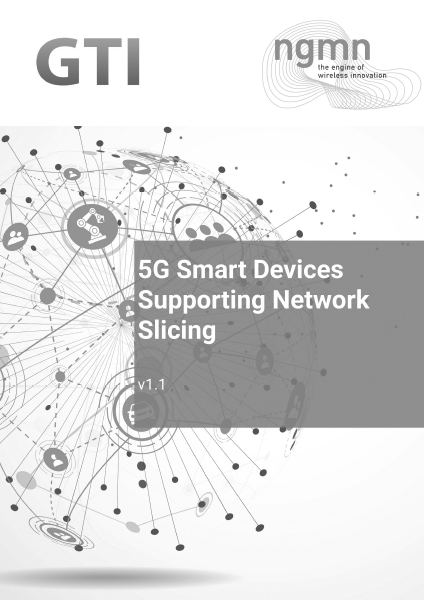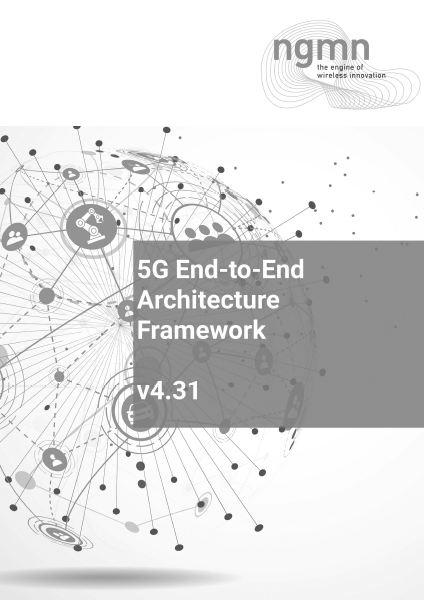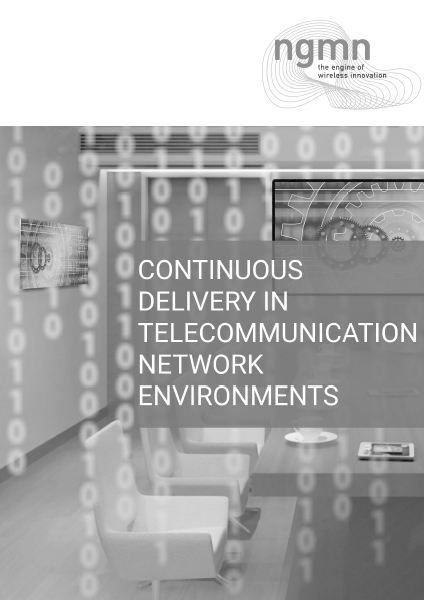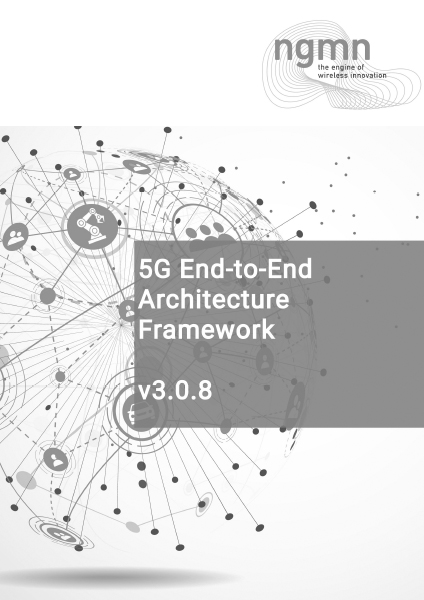NGMN Alliance seeks the rapid development of Option 4 as complement to 5G Standalone
Frankfurt, Germany: Today, the Next Generation Mobile Networks (NGMN) Alliance releases its latest Operator Position Statement paper urging the development finalization of 5G architecture “Option 4” to support the full realisation of 5G. Its Option 4 recommendation will help many networks to bring new 5G-based services quickly and efficiently to market whilst also providing a future-proof evolution that maintains competitive user data rates for 5G users.
A migration to 5G Standalone is an important evolutionary step for 5G with the introduction of a new 5G core network and the transfer of the master radio interface technology from LTE to New Radio (NR) technology. To ensure the most cost and spectrum efficient use of the network which maximises the full 5G advantages, advanced 5G users should be able to connect in parallel via both NR and existing LTE technology. Otherwise new 5G Standalone users will sometimes receive lower data rates than existing Non-Standalone 5G and LTE-only users.
“Development completion of Option 4 is urgently needed to enable all operators to invest in a new 5G core network without compromising user data rate performance,” said Arash Ashouriha, Chairman of the NGMN Alliance. “Advanced 5G users using 5G Standalone should be able to access LTE on top of NR for a seamless service experience”.
NGMN concludes that Option 4 supporting a 5G core and dual connectivity with NR acting as a master is required so that baseline 5G NR radio performance can be enhanced through the use of LTE on top. 5G Standalone users can then access both NR and LTE spectrum in the lower frequency bands supporting wider coverage when it is beneficial to do so.
Raimund Walsdorf, Technology Architecture & Innovation Access & Home Networks, Deutsche Telekom and NGMN project lead said: “Option 4 development will support many network operators planning an initial 5G Standalone service launch today or a more widespread launch in the future. This option benefits operators to more efficiently migrate spectrum from LTE to NR, while also relaxing the pressure on operators to refarm from LTE to NR as long as spectrum remains dedicated to LTE”.
Anita Döhler, CEO, NGMN Alliance added: “NGMN is committed to support an efficient introduction of 5G Standalone (SA) networks to help the industry to deliver on the performance promise of 5G to end-users. Availability of Option 4 in addition to other options will help to better meet end-user demands in years to come.”
The white paper is a result of an ongoing NGMN project which aims to conduct a trial of Option 4 in 2021. This will encourage Option 4 development within the 5G ecosystem with the aim that 5G Standalone can be introduced in all networks in a timely manner. The support of network and terminal suppliers is sought to progress the trial.
The full White Paper titled, Option 4 as a 5G SA complement White Paper can be found here.




